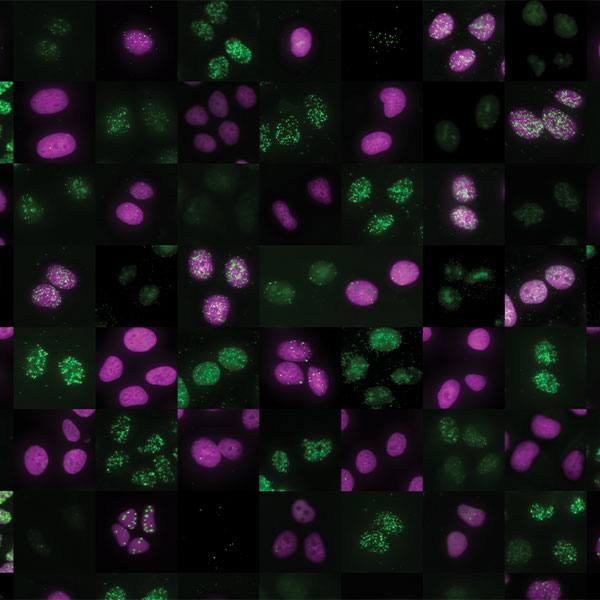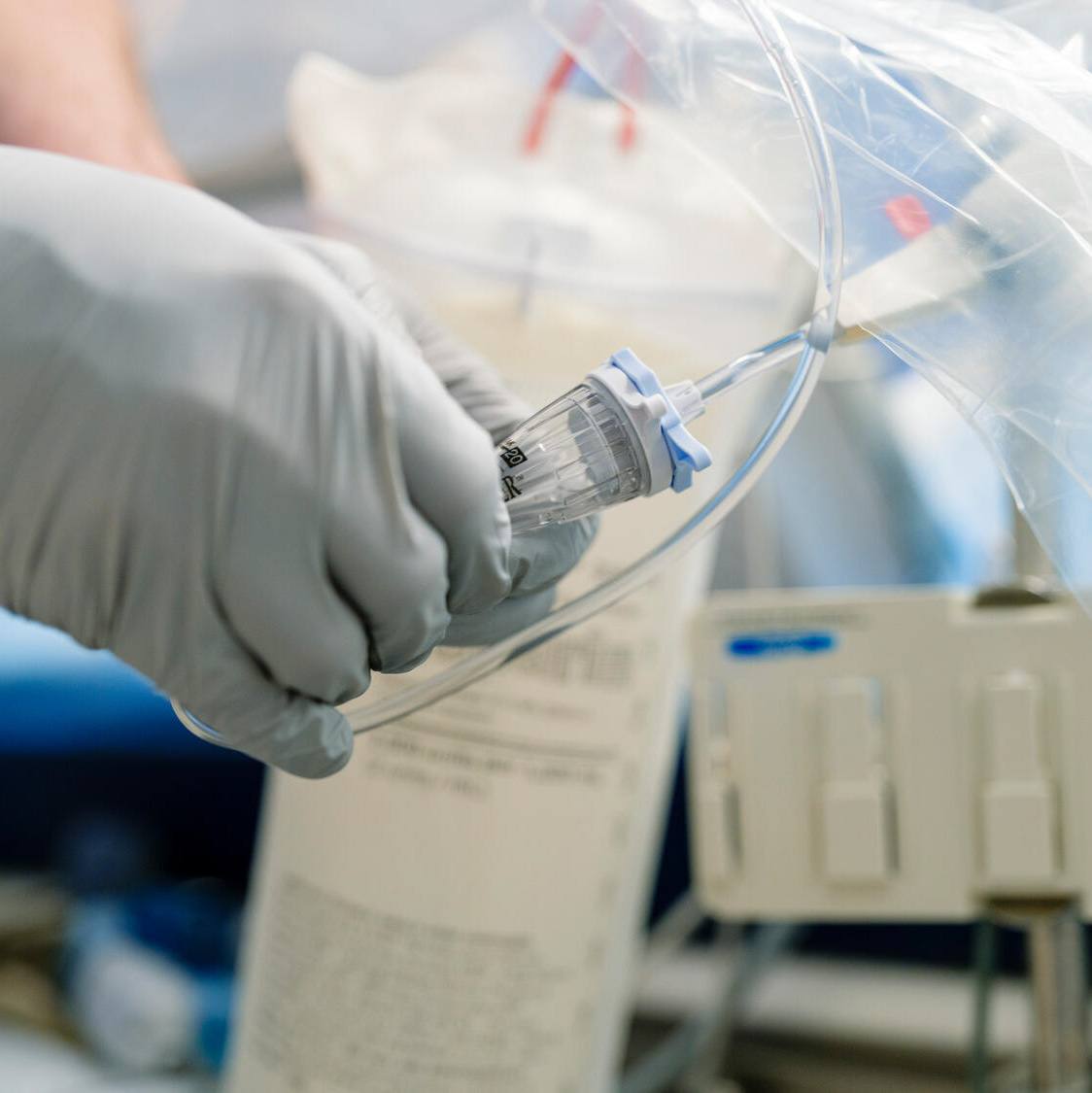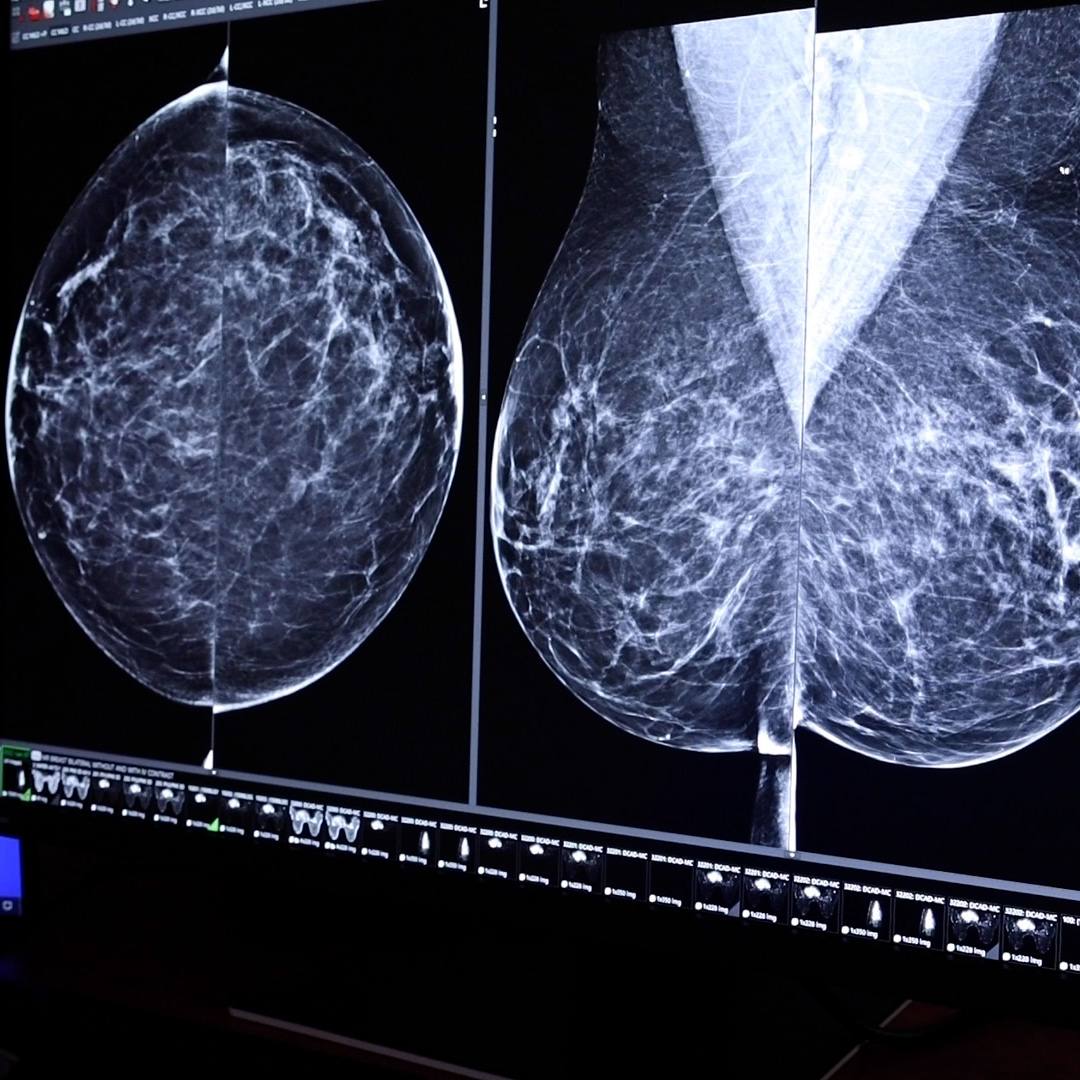-
Lung cancer: It is about more than smoking

World Cancer Day is February 4
ROCHESTER, Minn.— World Cancer Day is February 4 and that makes this the ideal time to talk about lung cancer and smoking. Internationally, lung cancer is the most common cause of cancer deaths and the World Health Organization estimates that 90% of cases could be prevented by eliminating tobacco use.
People who smoke are at the greatest risk. Smokeless tobacco is also associated with lung cancer. And lung cancer can occur in people who do not use tobacco.
"That's one of the misconceptions," says Aaron Mansfield, M.D., an oncologist at Mayo Clinic who specializes in lung cancer. "Although tobacco use is clearly the largest risk factor to develop lung cancer, there are many other risk factors, and risk factors we don't know. All you need to be at risk of developing lung cancer is a lung."
Exposure to secondhand smoke can increase the risk of lung cancer. Other risk factors for lung cancer include exposure to radon gas, asbestos and other carcinogens and a family history of lung cancer.
Some people diagnosed with lung cancer do not have any obvious risk factors. Symptoms of lung cancer, such as shortness of breath and chest pain, can be mistaken for pneumonia.
"Many of my patients have been diagnosed as having pneumonia," says Dr. Mansfield. "They've received many rounds of antibiotics that were not beneficial. They make their way to us when a mass that was thought to be pneumonia on a chest X-ray never improved."
A persistent cough, coughing up blood, weight loss, bone pain and headache also can be symptoms of lung cancer.
Getting an accurate diagnosis typically involves a biopsy. Ultrasound or CT imaging is used to guide needle placement to get the most accurate tissue sample, Dr. Mansfield says.
Detecting lung cancer early is key to a successful outcome. It can then be removed through surgery and/or treated with radiation and ablation, says Karen Swanson, D.O., a pulmonologist and critical care specialist at Mayo Clinic.
Unfortunately, symptoms of lung cancer seldom appear until the cancer has advanced into other areas of the body.
"One of the problems with lung cancer is that by the time a patient is diagnosed with lung cancer ― 80% of the time ― the lung cancer has spread," Dr. Swanson says. "Unfortunately, when tumors grow within our lungs, it's not something our bodies can sense or feel. So we miss it at its earliest stages, unless we screen."
Screening for lung cancer with an annual low-dose CT scan saves lives and is recommended for those at high risk.
"Patients should talk to their primary care provider about lung cancer screening, especially if they have any history of smoking," Dr. Swanson says.
The U.S. Preventive Services Task Force recently lowered the lung cancer screening guidelines from age 55 and a 30-pack year history to age 50 and a 20-pack year history to catch more lung cancers sooner. A pack year measures how many cigarettes a person smoked over a period of time, calculated by multiplying the number of packs of cigarettes smoked per day by the number of years the person has smoked.
If you smoke cigarettes, you can reduce your lung cancer risk by quitting.
"Even if you're in your 60s or 70s, we know that by quitting smoking you add years of life and reduce the chronic health impacts and symptoms that occur from smoking," says J. Taylor Hays, M.D., an internist at Mayo Clinic and associate director of the Mayo Clinic Nicotine Dependence Center.
"Even people who've had chronic bronchitis and other things, they see within months to years significant reduction in symptoms, significant improvement in shortness of breath, and the ability to function without symptoms," Dr. Hays says.
Stopping smoking is not easy, so it is best to do it with help. If you smoke, talk to your primary care provider about screening for lung cancer and resources to help you quit smoking.
Fortunately, advances in medical science are improving outcomes for people diagnosed with lung cancer.
"The improvements in lung cancer screening, targeted therapies, and immunotherapies have all improved lung cancer mortality overall," Dr. Mansfield says.
This article first appeared on the Mayo Clinic Cancer Center Blog.
###
About Mayo Clinic
Mayo Clinic is a nonprofit organization committed to innovation in clinical practice, education and research, and providing compassion, expertise and answers to everyone who needs healing. Visit the Mayo Clinic News Network for additional Mayo Clinic news. For information on COVID-19, including Mayo Clinic's Coronavirus Map tracking tool, which has 14-day forecasting on COVID-19 trends, visit the Mayo Clinic COVID-19 Resource Center.
Media contact:
- Joe Dangor, Mayo Clinic Public Affairs, newsbureau@mayo.edu







